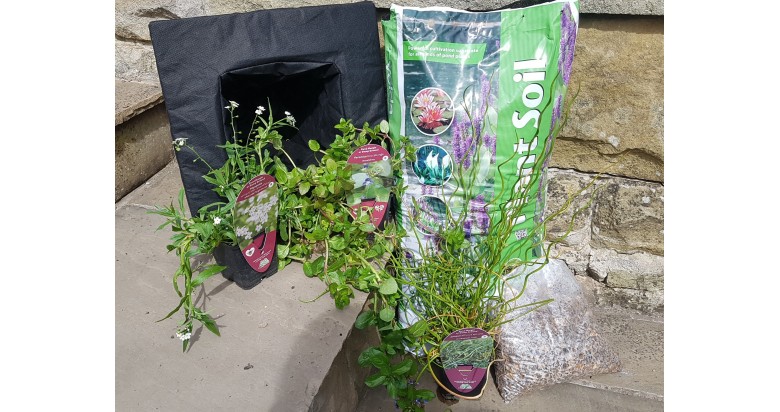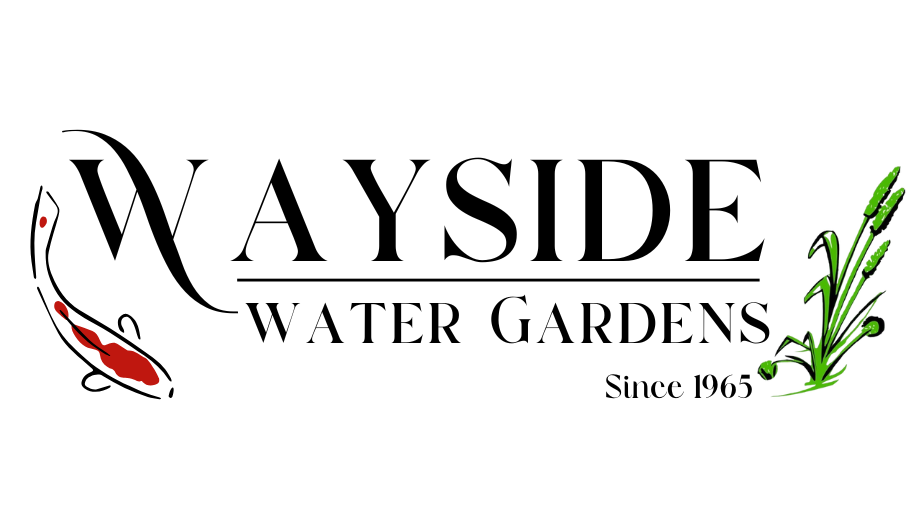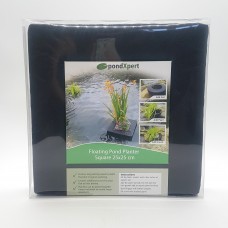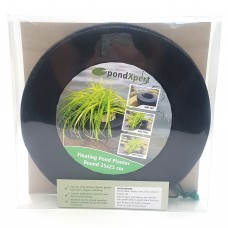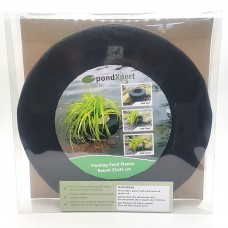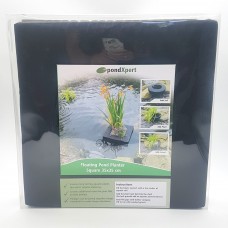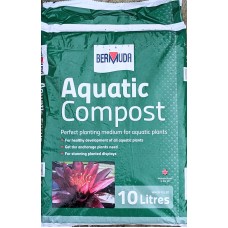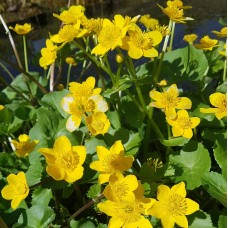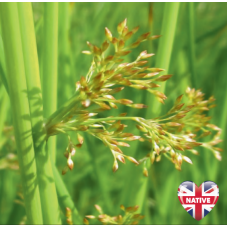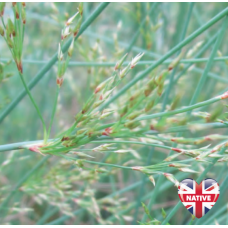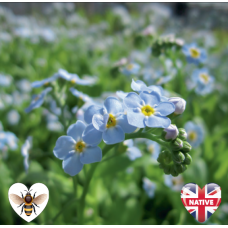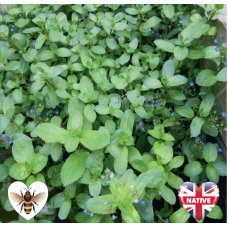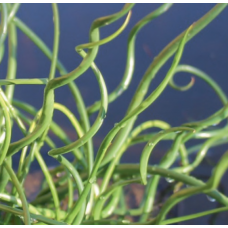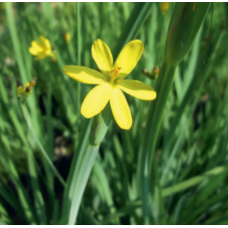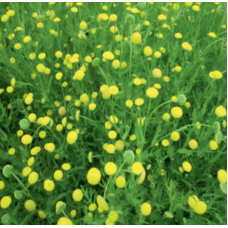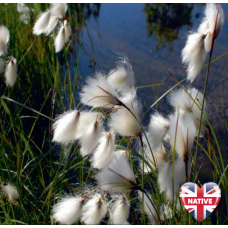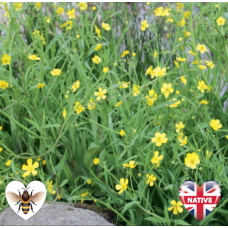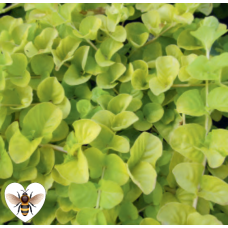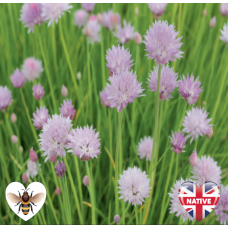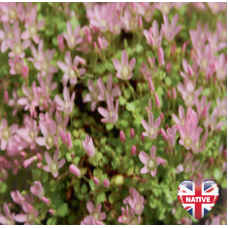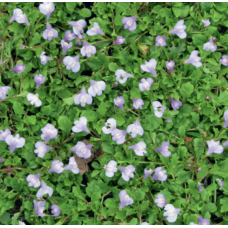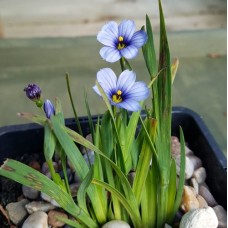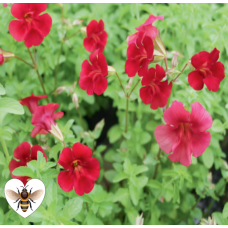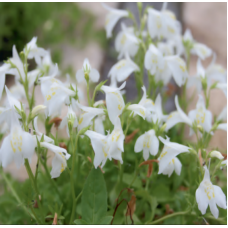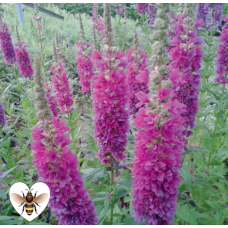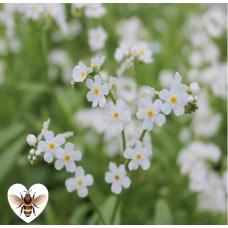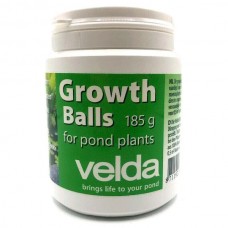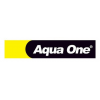No plant shelves on your pond? No problem!
How to create shade and interest with pond plants, without risk of the fish eating/digging up your plants too.
These floating planters by PondXpert offer a unique solution. They are kept suspended on the surface by a polystyrene ring/square. The fabric membrane which contains the soil hangs under the surface, allowing water to keep the soil wet without clouding up the pond. This makes them perfect for marginal plants - the roots are kept wet and the foliage is always above the water surface.
Items needed to create a floating plant island:
Which plants to choose? Here are some ideas:
- Evergreen plants. If you plan to keep this planter in the pond over winter, add atleast one evergreen. The Hard Rush, Soft Rush, Corkscrew Rush and Cotton Grass. plants are slow-medium growing options.
- Creeping plants. If you like the idea of plants that grow over the sides of the island and into the water, to soften the black sides of the island then these plants are good to consider: Water Forget-Me-Not (also in White), Brooklime, Golden Creeping Jenny, Bog Pimpernel, Chinese Marshflower (also in White), Brass Buttons.
- Flowering low-medium height plants. Add some colour by choosing flowering plants, but avoid anything that gets too tall as it will cause the island to tip on windy days. These are good plants to consider: Red Emperor, Blue Eyed Grass, Yellow Eyed Grass, Chives, Marsh Marigold, Lesser Spearwort, Water Forget-Me-Not, Brooklime, Small Purple Loosestrife.
How to make up your island:
- Position your island on top of an empty ceramic plant pot or bucket, with the inner fabric hanging inside the pot. This allows you to keep it fully supported whilst your are loading it up.
- Offer up your plant to see how much aquatic soil needs to go underneath it, and begin filling up the island to the base of the plant
- Remove your plants from their plastic pots and position. Consider placing any tall plants in the middle (to save risk of the island tipping over as they grow) and any creeping plants towards the edges so they can be guided over to the water.
- Fill all gaps with aquatic soil and press down to remove air.
- Top with lime-free pea gravel.
- Place into the pond!
- Underneath the island are two green elastic loops. Should you want to keep your island in a particular position within the pond, attach cord/elastic to these points from the pond edges, or a weigh to anchor in the centre.
Tips for keeping your plant island looking good:
- Position away from a fountain - consistent splashing of water may cause certain plants to die back.
- A sunny spot in the pond will encourage the plants to grow faster and produce more flowers.
- In ponds with a strong flow (from a water fall for example), attach cord/non-rot string to the elastic tabs on the underneath of the island. Attach either to a heavy "anchor" such as a plant basket full of gravel or to two sides of the pond.
- Dead head old flowers before they go to seed, to encourage fresh flowers.
- Trim back enthusiastic summer growth - unless you like the wild look like ours below!
- If any plants grow exceptionally tall they may cause the island to tip out of level. Make sure to trim these before the island capsizes!
- Add plant growth balls at a mid point in the season, and at the beginning of the following season.
- Top dress with additional pea gravel as the soil compacts in the island. The pea gravel should be above water level to avoid it being coated in unsightly algae.
- At the end of the season when most plants die back, trim the brown stems/leaves to about 1" above gravel.
- Either leave the island (with dormant plants) in situe in the pond over winter, or remove from pond and position in a bucket in a greenhouse when more tender plants have been chosen. The soil must be kept damp all winter for most success the following year. The marginal plants will easy regrow at different rates, so be patient whilst they re-grow from March/April/May onwards.
Here is the final result, floating happily in one of our display ponds!
...and then a few weeks later it becomes this!
